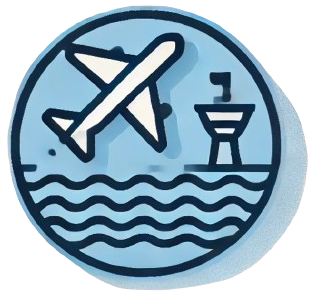Understanding the optimal cruising altitude for commercial aircraft
Understanding the optimal cruising altitude for commercial aircraft often leads to the question: how high is too high for a plane? The answer involves considerations of passenger comfort, aircraft capabilities, and safety regulations. Commercial passenger jets typically cruise at an altitude of about 35,000 feet, which is equivalent to 10,670 meters or roughly 6.3 miles above the Earth. This altitude is generally accepted as the sweet spot for balancing efficiency and safety.
Cruising Altitudes and Aircraft Capabilities
While it is common for commercial planes to operate at altitudes between 30,000 feet and 42,000 feet, there are instances where aircraft can fly higher, reaching service ceilings of up to 41,000 – 43,100 feet. These altitudes allow planes to navigate above turbulent weather patterns found in the troposphere. By flying above clouds and storm systems, airlines can significantly reduce turbulence, which not only enhances passenger comfort but also promotes safety throughout the flight. Striking the right altitude helps airlines optimize fuel consumption while ensuring a smoother ride.
- Typical cruising altitudes:
- 30,000 feet
- 35,000 feet
- 42,000 feet
The Consequences of Excessive Altitude
One might wonder, what happens if a plane ascends too high? Interestingly, if a plane continues climbing beyond its operational ceiling, it won’t result in disastrous consequences immediately. Due to the physics of aviation, when an aircraft reaches the limits of its altitude capacity, it will simply stop climbing. As the engine thrust becomes insufficient to overcome the decreasing air density, the aircraft will gently start to descend. This characteristic of modern planes ensures that even in case of exceeding optimal altitude, the descent is controlled and safe.
Understanding the Limits
There are critical factors that determine how high a plane can fly. One of the primary limitations is air density. As altitude increases, the air thins, which reduces engine efficiency and the ability to generate thrust. In addition, aircraft cabins are pressurized to maintain a comfortable environment for passengers. If a plane ascends too high without adequate pressurization, it can lead to dangerous conditions for everyone on board. Therefore, limits are put in place to protect both the aircraft’s structural integrity and the passengers’ wellbeing.
- Key factors influencing maximum altitude:
- Air density
- Engine efficiency
- Cabin pressurization
In conclusion, while modern aircraft technology has extended the operational altitudes of commercial aviation, there are practical limits influenced by various factors, including air density and passenger safety. The equilibrium found at cruising altitudes like 35,000 feet celebrates a harmonious blend of efficiency, safety, and passenger comfort in the aviation industry.
